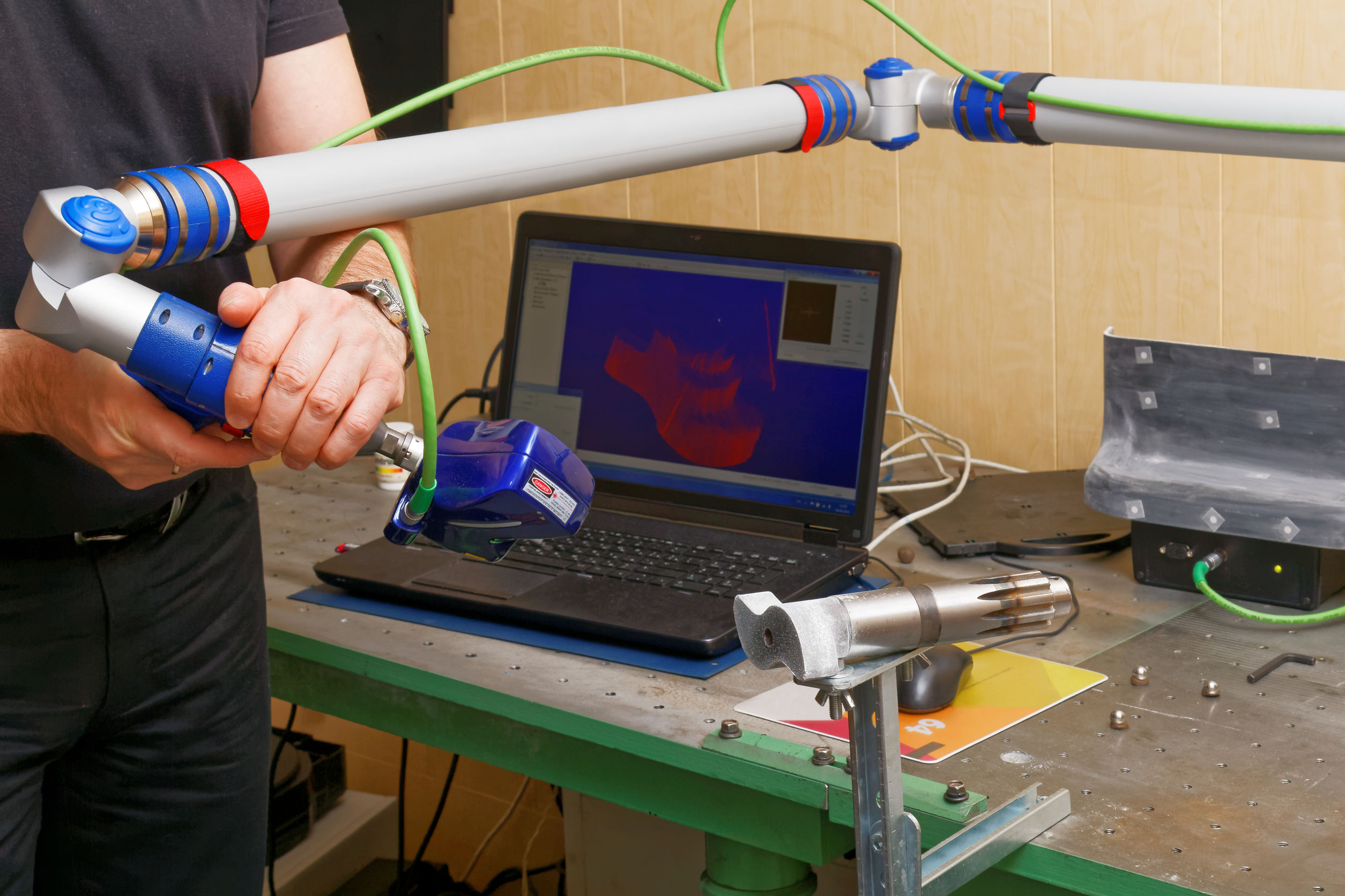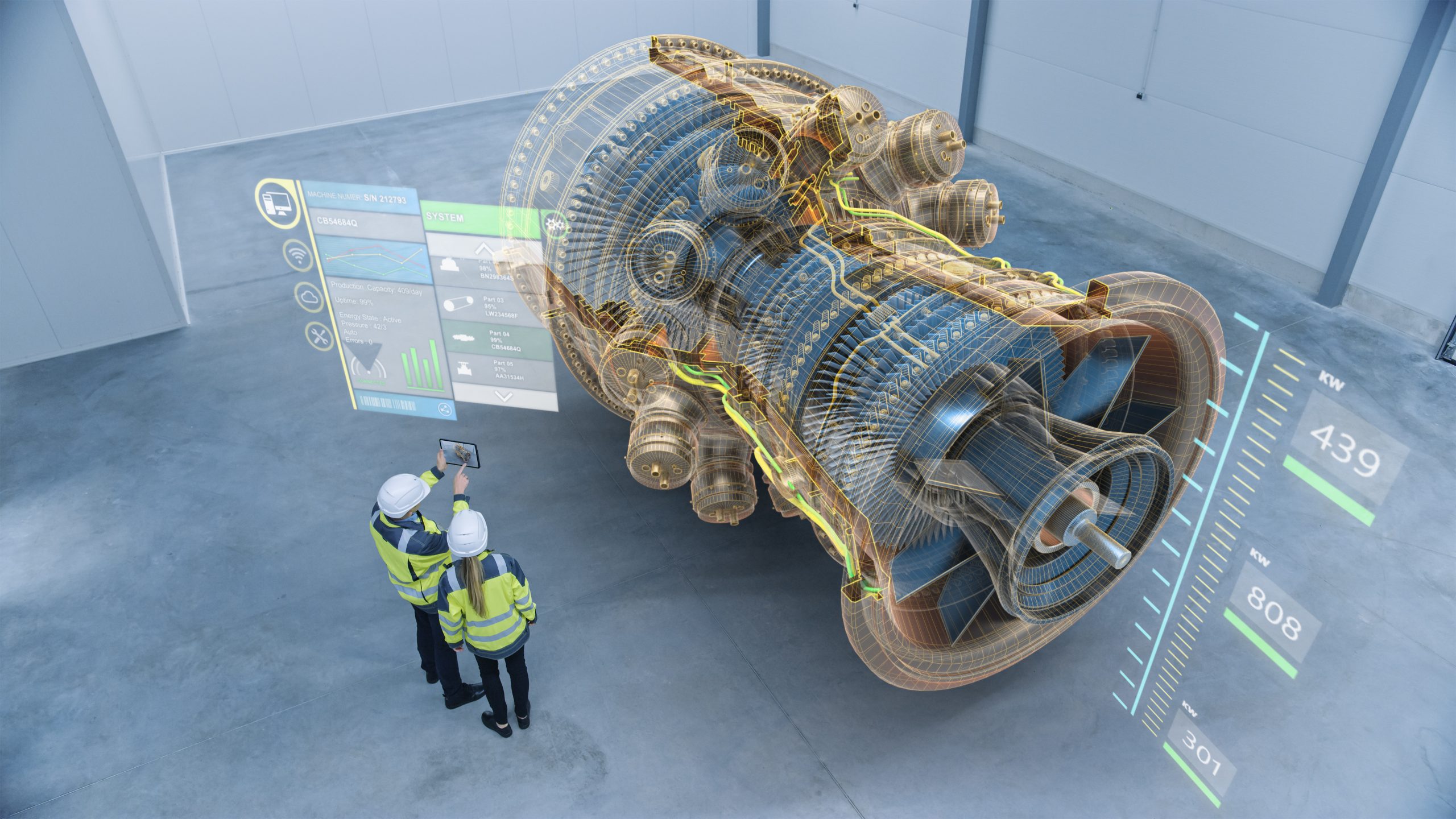Reverse Engineering Electronics

Reverse engineering is the process of deconstructing a device or system to analyze its design and functionality. When applied to electronics, reverse engineering involves disassembling the device, examining its components, and analyzing its circuitry to recreate its design and understand its operation.

Steps in Reverse Engineering Electronics

- Device Disassembly: Disassemble the device carefully, taking note of the component layout, wiring, and connectors.
- Component Identification: Identify the major components, such as microcontrollers, ICs, transistors, capacitors, and resistors.
- Schematic Creation: Draw a schematic diagram based on the observed component connections and circuitry.
- Board Layout Recreation: Recreate the physical layout of the circuit board, including component placement and routing.
- Code Extraction (if applicable): Dump or extract any firmware or code stored in programmable devices, such as microcontrollers and flash memory.
- Functional Analysis: Conduct experiments or simulations to determine the device’s functionality, input-output behavior, and performance characteristics.
Applications of Reverse Engineering Electronics
Reverse engineering electronics has numerous applications, including:
- Product Development: Analyze competitor’s products to gain insights on design, functionality, and performance.
- Repair and Troubleshooting: Understand the internal workings of a device for efficient repair and maintenance.
- Security Analysis: Identify security vulnerabilities and exploit mitigation techniques in electronic systems.
- Intellectual Property Protection: Protect intellectual property rights by analyzing the designs of competing products to detect infringement.
- Education and Research: Enhance comprehension of electronic circuit design and functionality through hands-on analysis.
Challenges in Reverse Engineering Electronics
Reverse engineering electronics can present challenges, such as:
- Component Complexity: Modern electronic devices contain complex components, making analysis difficult.
- Proprietary Designs: Some devices use proprietary designs or encryption, hindering reverse engineering efforts.
- Availability of Documentation: Obtaining technical schematics and documentation can be challenging.
- Safety Concerns: Disassembling and handling live electronics require caution to avoid electrical hazards.[Reverse Engineering Electronics]
Executive Summary
Reverse engineering electronics involves understanding the design and functionality of a device by analyzing its components and structure without access to schematics or design documents. This process enables engineers to gain insights into the technology, troubleshoot issues, and potentially identify areas for improvement.
Introduction
Reverse engineering electronics is a valuable technique for engineers and hobbyists alike. It allows for the identification of components, understanding of circuit design principles, and the potential for creating new and improved devices.
FAQs
1. What is the purpose of reverse engineering electronics?
Reverse engineering electronics aims to gain knowledge about the internal workings of a device, troubleshoot problems, and explore potential modifications or improvements.
2. What types of tools are used in reverse engineering?
Tools such as oscilloscopes, logic analyzers, and microscopes help engineers understand the behavior and functionality of the circuit under examination.
3. Is reverse engineering legal?
While reverse engineering is generally legal, unauthorized copying or reproduction of proprietary designs may infringe on copyright or patent laws.
Top 5 Subtopics
Circuit Analysis
Circuit analysis involves examining the electrical connections, components, and pathways within a circuit.
- Schematic Interpretation: Identifying the components and connections of the circuit by analyzing diagrams or printed circuit boards.
- Signal Tracing: Tracking the flow of electrical signals through the circuit to understand their function.
- Component Characterization: Determining the properties and behavior of transistors, diodes, capacitors, and other electronic components.
- Voltage and Current Measurement: Using oscilloscopes and multimeters to measure electrical signals and power consumption.
Microprocessor Programming
Reverse engineering microprocessors involves understanding their instruction sets, registers, and memory architecture.
- Disassembly: Converting microprocessor code into a readable format to analyze its functionality.
- Debugger Utilization: Using software tools to step through code execution and identify errors.
- Instruction Set Architecture Examination: Studying the microprocessor’s instruction set to understand its capabilities.
- Memory Mapping Analysis: Identifying the memory locations and addressing modes used by the microprocessor.
Device Interfacing
Device interfacing involves understanding how peripherals interact with the main circuit.
- Bus Communication Analysis: Examining the protocols used for communication between devices on a shared bus.
- I/O Port Identification: Determining the purpose and functionality of input/output ports for user interaction and device control.
- Interface Circuitry Analysis: Understanding the design of circuitry that connects devices to the main bus or other peripherals.
- Sensor and Actuator Integration: Identifying and understanding the sensors and actuators used to interact with the environment.
Layout and Architecture
PCB layout and architecture analysis focuses on the physical arrangement and interconnections of components on the circuit board.
- Schematic-to-PCB Correlation: Matching the schematic diagram to the physical layout of the printed circuit board.
- Interconnect Analysis: Understanding the routing of traces and bus lines on the PCB.
- Component Placement and Space Optimization: Examining the placement and spacing of components on the board for efficient design.
- Manufacturing Constraints: Considering the limitations and capabilities of the manufacturing process used to produce the circuit board.
Troubleshooting and Repair
Troubleshooting and repairing electronics involves identifying and correcting malfunctions or failures.
- Fault Isolation: Using testing and measurement techniques to narrow down the location of a fault in the circuit.
- Component Replacement: Identifying and replacing faulty components to restore functionality.
- Signal Injection and Tracing: Injecting test signals into the circuit and tracing them through to identify issues.
- Repair Documentation: Recording the troubleshooting and repair process for future reference.
Conclusion
Reverse engineering electronics is a multifaceted and rewarding process that enables engineers to understand, troubleshoot, and potentially improve electronic devices. By carefully analyzing the circuit, microprocessor, interfaces, layout, and troubleshooting techniques, engineers can gain valuable insights and insights into the design and functionality of electronics.
Keyword Tags
- Reverse Engineering
- Electronics Design
- Circuit Analysis
- Microprocessor Programming
- Device Interfacing
